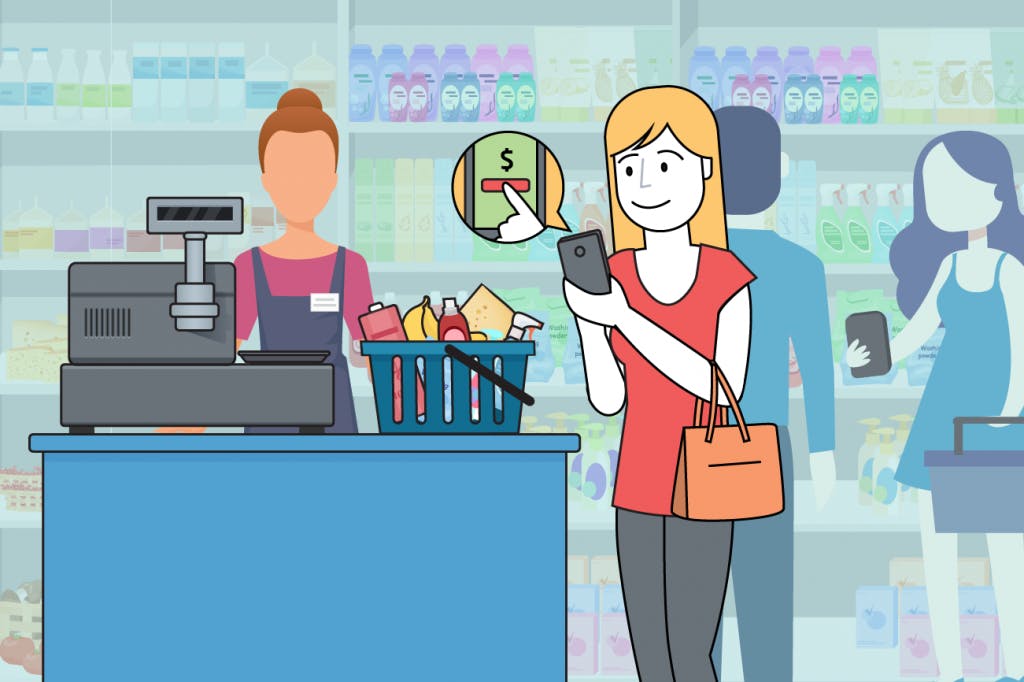In my previous post I wrote about how retailers are figuring out how to attract Millennials and Gen Z. These two demographics, out of the four major demographics that are converging on retail these days (ie, Baby Boomers, Gen X, Millennials, Gen Z) are important not just because of the sheer number of people who fall into these two generations, but because the way they shop and consume is vastly different than generations before them. We looked at what makes them tick, and how they feel about retailers, and in turn, how retailers are feeling and responding to them. The upshot? These generations are the future of retail, and it’s up to retailers to start strategizing what that means for their success.
“Both of these groups have incredible buying influence and power now, and as they age this will increase,” says Courtney Albert, director of Innovation and Marketing for the Parker Avery Group. “They will continue to dictate the future of the industry. Though each group has different general shopping habits, both are pretty savvy and quick when it comes to who they want to spend their money with.”
Adapting to generational changes
Creating a shopping experience for Millennials and Gen Z is key, whether that’s pop-up stores, beefing up your online channels, or putting major effort behind your social media. But for those retailers who aren’t sure where to start when strategizing how to reach these consumers, I went back to the experts to get some of their advice.
I wanted to get their opinion on what first steps retailers can take to put them on a successful path. Neil Stern, senior partner at McMillan Doolittle, says it starts with understanding.
“Get to know them as individuals, and what they really need,” Stern says. “They are not just a generation—a Millennial in her late 30s living in the suburbs is very different than a 25-year-old living in the city.”
It’s kind of funny to talk about individualism when you’re looking at the big picture of these demographics, but it’s true. The members behind these two generations span a huge age range, and for a retailer to be successful, they’ve got to be conscious of the actual people they’re serving. Consider where they are in their lives, who they are, and what kind of person they are.
And again, as discussed in the previous post, retailers need to fully comprehend what each of these generations want from their shopping experience. That will provide a true North to guide their strategy to attract these shoppers. Albert, in the previous post, discussed how Gen Z doesn’t know a world without the Internet. Adding to that, they can be somewhat brand loyal, but more important, they are vocal about their loyalties. But, she notes, “Gen Z also have even higher expectations in some instances because they view the world as being much smaller than previous generations, and know they can move on to the next retailer.”
Attracting that Gen Z client, then, means that part of a retailer’s strategy must incorporate how they will interact with these consumers who want to be heard, and woe to the retailer that doesn’t listen.
When it comes to Millennials, they’re entering parenthood, which is a whole new way for retailers to view them and potentially win brand loyalty, Albert says. And, she adds, recent studies, she notes, shows that Millennials are more willing to stay with a brand they know and love even if there is a cheaper or more accessible option.
For both generations, says Albert, diversity within the retailer is important for both generations. “Diverse hiring practices make a huge impact,” she explains. “Having people in the room that are part of these generations as well as people who aren’t provide a great start to making these kinds of decisions.” She adds that observing how each group interacts with the retailer’s brand is a good starting point for attracting Millennial and Gen Z consumers. Paying attention to the feedback they’re providing on brand and customer experiences is also key.
As both Millennials and Gen Zers spend a lot of time online on multiple devices, retailers have more ways than ever to reach them, Albert says, but that means they’re also fighting for their attention. Finding natural opportunities to get in front of these two generations is another step retailers can toward attracting these clients. “For actual success,” Albert says, “this means being able to communicate why this would be good for ‘me’ versus ‘someone like me.’” One successful execution of this, she adds, is automatically offering customized samples in existing orders or purchases.
The time is now for retailers to develop a strong strategy to attract Millennials and Gen Z. These two generations are powerful in number and they know what they want—and they’re not afraid to speak up. And if they’re not getting what they want from one retailer, they’re also not afraid to spend their dollars at the retailers that will deliver (and I don’t mean groceries to their doorstep).
How are you seeing retailers attract Millennials and Gen Z consumers?


